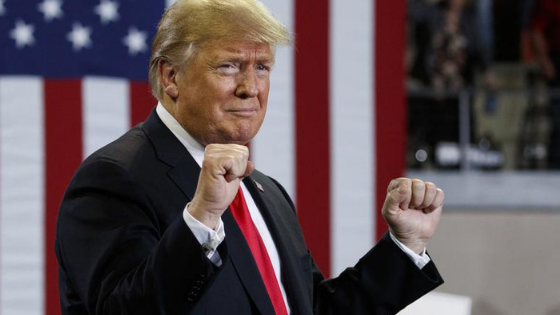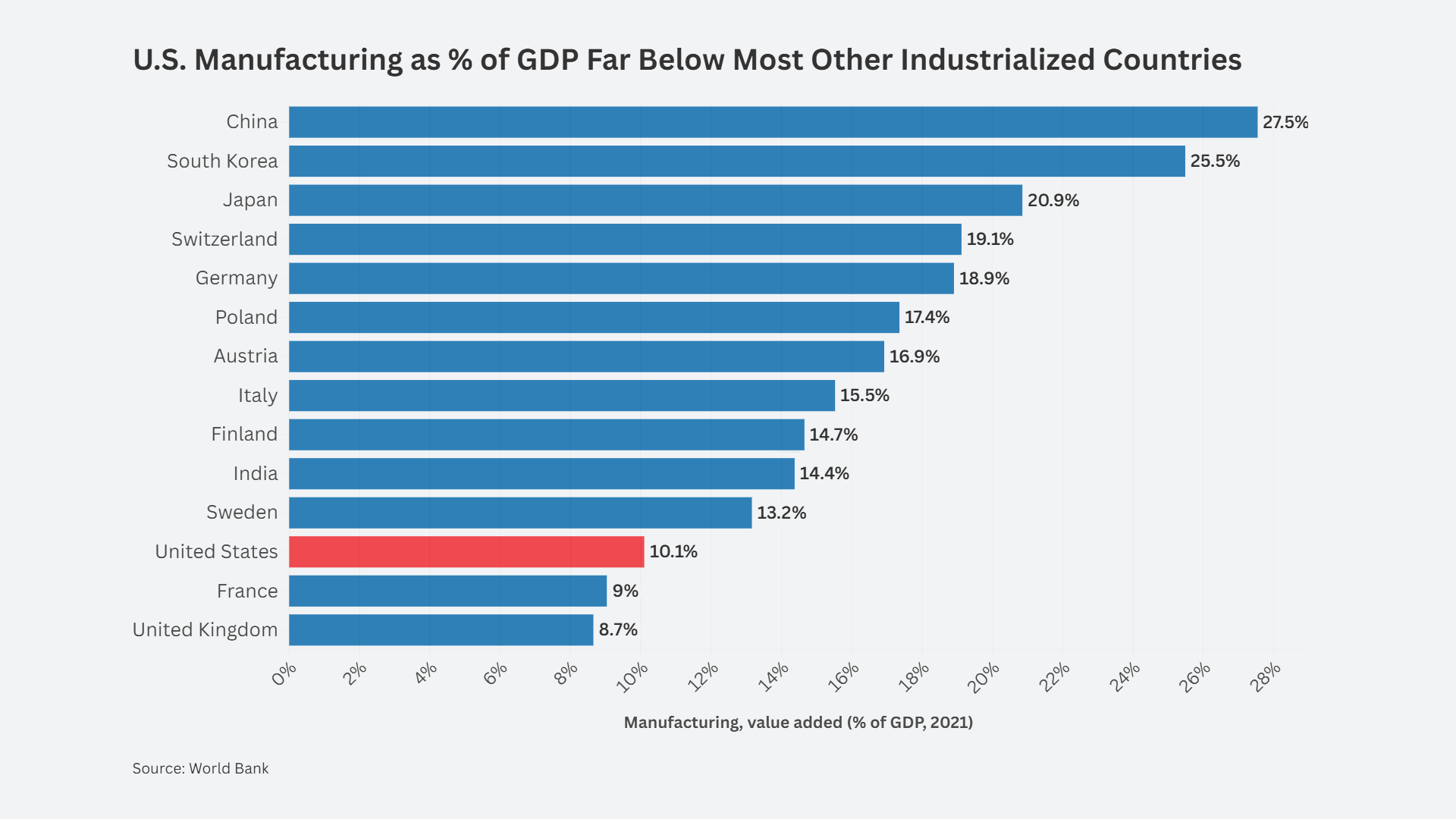Editor’s note: Peter Navarro has driven a large part of the administration’s aggressive trade strategy.
Last Friday, President Trump unveiled his grand strategy for American prosperity: the 2019 Trade Policy Agenda. This forward-looking report from the US Trade Representative maps out America’s deliverance from the bad deals, weak guardrails and sluggish growth that have handicapped decades of international trade. It fulfills a key pledge made on the 2016 campaign trail: “The era of economic surrender will finally be over . . . under a Trump presidency, American workers will finally have a President to protect them and fight for them.”
[Peter Navarro | March 5, 2019 | New York Post]
On Jan. 20, 2017, the Trump administration inherited a broken global trade system in which overseas competitors and governments stole our technology, unfairly subsidized national champions and dumped their products into our markets. US multinationals responded by offshoring jobs and leaving good workers and American manufacturing strongholds in the lurch. After China joined the World Trade Organization in 2001, it failed to fully abide by WTO rules and the damage grew. The US would subsequently shutter over 70,000 factories and lose millions of manufacturing jobs.
In its first two years, the Trump administration has rapidly turned this situation around.
The International Trade Commission has more than doubled its investigations of foreign subsidies harming American firms compared to President Barack Obama’s final two years. As a result of these investigations, the United States has imposed tariffs on targeted agricultural and manufactured goods to offset unfair trade practices even as President Trump has taken bold action to protect America’s steel and aluminum producers in the interests of national security.
The ongoing China negotiations likewise show that the administration’s trade strategy is highly effective in encouraging countries to address their most egregious trade practices. Under Section 301 of the Trade Act of 1974, the United States has imposed tariffs on $250 billion worth of Chinese imports. Now the Chinese government is finally engaging in serious negotiations to address cyber intrusions into our business networks, intellectual property theft, forced technology transfer, currency practices and excessive subsidies for state-owned enterprises.
The president’s trade policy is also making incredible progress in opening new export markets. In the past year alone, the US Trade Representative has announced plans to negotiate new trade deals with the European Union, Britain and Japan — which collectively accounted for $350 billion of American exports in 2017.
President Trump’s successful campaign pledge to renegotiate NAFTA — America’s largest trade deal — likewise provides a long overdue makeover and modernization.
When NAFTA went into effect in 1994, the Institute for International Economics forecast the creation of 170,000 US jobs and a trade balance with Mexico that would remain in surplus well into the 2000s. Instead, America’s trade deficit with Mexico ballooned even as Mexico’s own workers saw little benefit. Meanwhile, NAFTA suppressed the wage growth of blue-collar US workers in highly affected industries and incentivized American companies to offshore their production to Mexico.
The new United States Mexico Canada Agreement will improve copyright and patent protections for US companies and entrepreneurs while encouraging auto manufacturers to shift production to the United States. Ford, Fiat Chrysler, and Volkswagen have all expanded their production in the United States in anticipation of USMCA passage. These announcements suggest that the USMCA stands poised to create thousands of American jobs — if only Congress ratifies the new agreement in the coming months.
All of these leaps and bounds forward are possible because of President Trump’s relentless commitment to — and grand strategy for — revitalizing American trade. No president in American history has pursued fairness and reciprocity with more resolve — and none has had a point man as effective as US Trade Representative Robert E. Lighthizer. The 2019 Trade Policy Agenda is simply another example of their dedication to American economic and national security.
The results are undeniable: Last year, the United States created 284,000 new manufacturing jobs, the largest increase in 21 years. Today, our nation is growing faster than any other G-7 country and generating new opportunities for America’s blue-collar workers and middle-class families who have too often been left behind.
In 2019, the Trump administration will continue leveling the playing field, balancing international trade relationships and securing strong deals. Thanks to promises made and kept by President Trump, the trade future has never looked brighter for America.
Peter Navarro is assistant to the president for trade & manufacturing policy.













